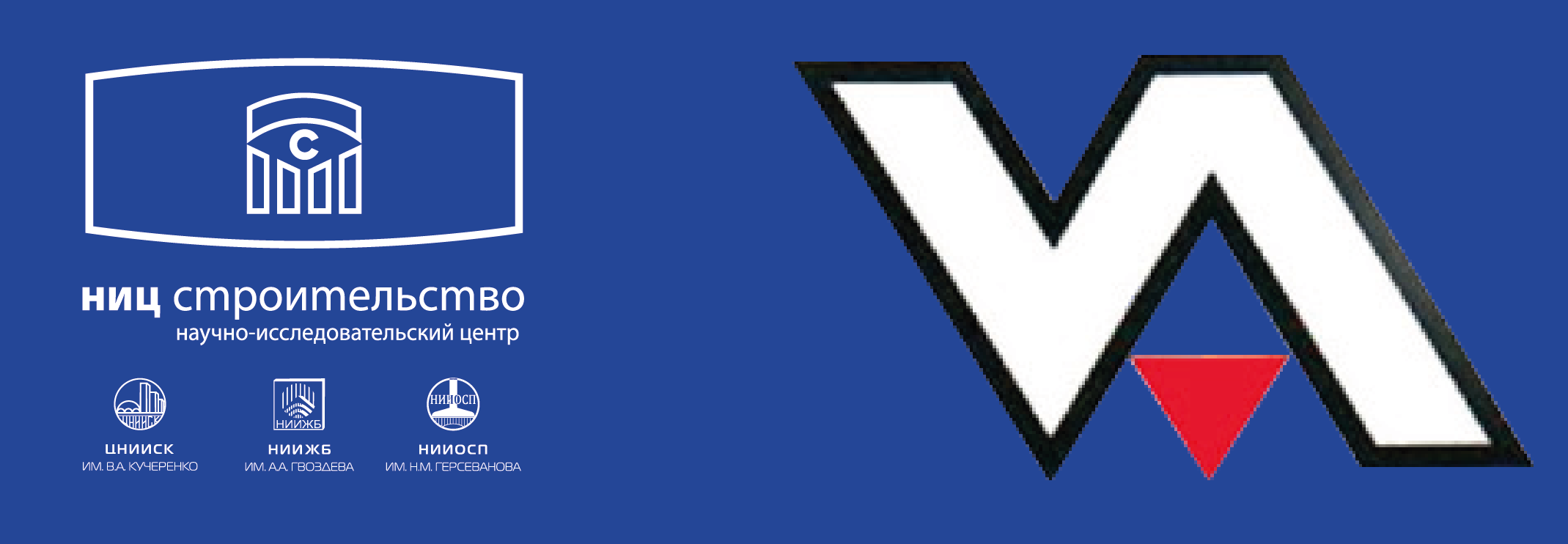Complex modification of light concretes on hollow microspheres for 3D printing technology
Abstract
With the development of 3D printing technology in construction, the development of effective building materials with specified performance properties for extrusion molding is becoming increasingly relevant. The article presents the results of the study of the influence of two prescription factors on the properties of light concretes on hollow microspheres by means of mathematical planning of the experiment. Experimental and statistical models describing the dependences of changes in the mobility of the concrete mixture, average density, bending strength, compression and shrinkage deformations of light concrete on the content of a solution of superabsorbing polymer (SAP), which provides hydration of Portland cement under unfavorable hardening conditions, and a dispersed reinforcing additive-polypropylene fiber, are obtained. The optimal ranges of fiber and SAP content were established, which are (in %): CFєI[1.19; 1.38] and CSAPєI[0.81; 1.25], respectively. The composition of light concrete on hollow microspheres, containing 1.25 % fiber and 1.25 % SAP, has the best physical and mechanical properties.
Keywords
About the Authors
Duong Thanh QuiViet Nam
Candidate of Sciences (Engineering)
E. V. Korolev
Russian Federation
Doctor of Sciences (Engineering), Vice-Rector for educational and methodological work
e-mail: prorector.umr@spbgasu.ru
A. S. Inozemcev
Russian Federation
Candidate of Sciences (Engineering)
e-mail: inozemcevAS@mgsu.ru
References
1. Demidenko A.K., Kulibaba A.V., Ivanov M.F. Prospects for the use of 3D printing in the construction complex of the Russian Federation. <i>Stroitel’stvo unikal’nyh zdanij i sooruzhenij.</i> 2017. No. 12 (63), pp. 71–96. (In Russian).
2. Xiao J., Ji G., Zhang Y., Duan Z., Du S. Large-scale 3D printing concrete technology: Current status and future opportunities. <i>Cement and Concrete Composites.</i> 2021. Vol. 122. https://doi.org/10.1016/j.cemconcomp.2021.104115
3. Mohan M.K., Rahul A.V., Tittelboom K.V. Extrusionbased concrete 3D printing from a material perspective: A state-of-the-art review. <i>Cement and Concrete Composites.</i> 2020. Vol. 155. https://doi.org/10.1016/j.cemconcomp.2020.103855
4. Korolev E. V., Zuong T. K., Inozemtsev A. S. A method for providing internal care for the hydration of cement in compositions for 3D printing. <i>Vestnik MGSU.</i> 2020. Vol. 15. No. 6, pp. 834–846. (In Russian).
5. Ma S., Huang C., Baah P., Nantung T., Lu N. The influence of water-to-cement ratio and superabsorbent polymers (SAPs) on solid-like behaviors of fresh cement pastes. <i>Construction and Building Materials.</i> 2021. Vol. 275. https://doi.org/10.1016/j.conbuildmat.2020.122160
6. Popov D. Yu. Improving the efficiency of textile concrete. Cand. Diss. (Engineering). Belgorod. 2018. 179 p. (In Russian).
7. Smirnova O. M., Andreeva E. V. Properties of heavy concrete dispersed-reinforced with synthetic microfibre. <i>Stroitel’nye materialy</i> [Construction Materials]. 2016. No. 11, pp. 17–20. (In Russian).
8. Patent RF 2734485. <i>Syr’evaja smes’ dlja legkogo fibrobetona</i> [Raw material mixture for light fiber concrete]. Pukharenko Yu.V., Panteleev D.A., Pukharenko O.Yu., Frolov N.V. Declared 21.10.2019. Published 19.10.2020.
9. Fedorova N., Kolchunov V., Tuyen Vu N., Iliushchenko T. Determination of stiffness parameters of reinforced concrete structures using the decomposition method for calculating their survivability. <i>IOP Conference Series: Materials Science and Engineering.</i> 2021. Vol. 1030 (1). P. 012078.
10. Klyuev A.V., Klyuev S. V., Netrebenko A.V., Durachenko A.V. Fine-grained fiber reinforced concrete with polypropylene fiber. <i>Vestnik BGTU im. V.G. Shuhova.</i> 2014. No. 4, pp. 67–72.
11. Doung Q.T., Korolev E., Inozemtcev A. Selection of reinforcing fiber for high-strength lightweight concrete for 3D-printing. <i>IOP Conference Series: Materials Science and Engineering.</i> 2021. P. 012007.
12. Duong T.Q., Vu N.T., Inozemtcev A.S., Korolev E.V. Possibilities and limitations of high-strength lightweight fiber-reinforced concrete structures. <i>Journal of Physics: Conference Series. Collection of Materials of the International Scientific Conference MMSA-2019.</i> 2019. P. 012067.
13. Nalimov V.V., Golikova T.I. Logicheskie osnovanija planirovanija jeksperimenta [Logical bases of experiment planning]. M.: Metallurgiya, 1981. 150 p.
14.
Review
For citations:
Qui D.T., Korolev E.V., Inozemcev A.S. Complex modification of light concretes on hollow microspheres for 3D printing technology. Concrete and Reinforced Concrete. 2021;605(3):25-29.












